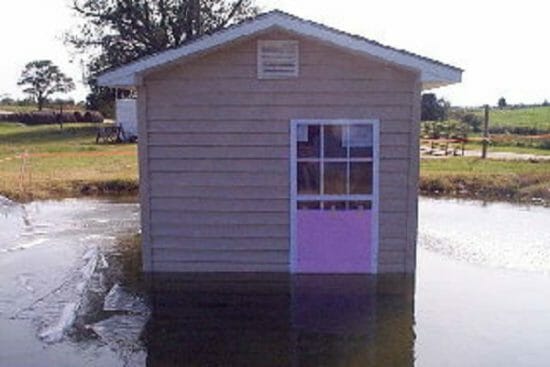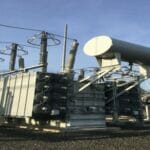- Course No E – 1558
- PDH Units 6.00
No data found for Custom Course Number
No data found for Custom Course Units
- Course No E – 1558
- PDH Units 6.00
Intended Audience: engineers, architects, contractors and planners
PDH UNITS: 6
Dry floodproofing can be described as a combination of operations plans, adjustments, alterations, and/or additions to buildings that lower the potential for flood damage by reducing the frequency of floodwaters entering the structure. When dry floodproofing is an option, the most obvious advantage is that flood waters remain outside the home elimination the physical damage and contamination that go with flooding. Many homes are not candidates for dry floodproofing due to floatation forces, space constraints and other reasons covered in this course. This course helps determine which homes are candidates for dry flood proofing.
This course is based on the FEMA publication, Engineering Principles and Practices for Retrofitting Flood-Prone Homes, Chapter 5 Dry Floodproofing and the case study on the Borges residence from Chapter 6 of the same document.
Learning Objectives
At the successful conclusion of this course, you’ll be able to identify and discuss:- Determining if a home is a candidate for dry flood proofing
- Flotation forces on dry floodproofed homes
- Selection and design of sealant systems
- Selection and design of shield systems
- Construction considerations of sealant systems
- Construction considerations of shield systems
- Drainage collection systems
- Backflow valves
- Emergency power
Once completed, your order and certificate of completion will be available in your profile when you’re logged in to the site.
Ethics Courses

E – 1775 “Conflict of Interests” Corrupts Engineering and Endangers Public Safety- The Case of the New SAS Bay Bridgeby Dr. Abolhassan Astaneh-Asl, Professor Emeritus. Ph.D., PE

E – 3019 Engineering Ethics: Ship and Bridge Collision; Ethics Violation Caused Six Deathsby Dr. Abolhassan Astaneh-Asl, Professor Emeritus. Ph.D., PE










